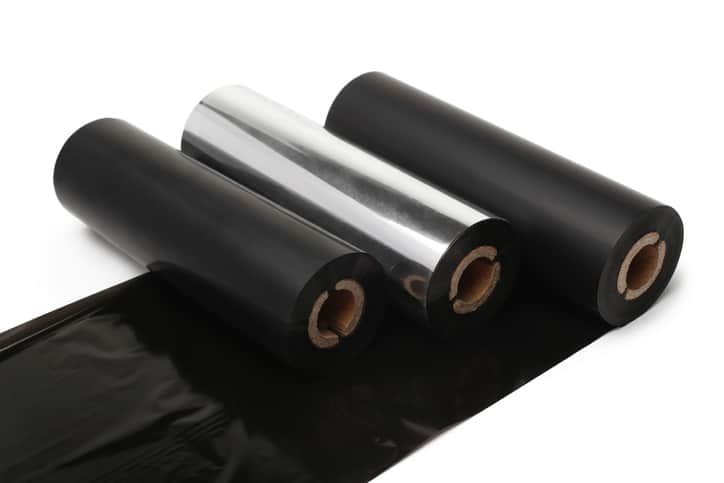What is Thermal Barcode Printing?
This post is for all of you out there who have questions about thermal barcode printing and how to print thermal barcode labels. The preferred method of printing barcode labels is by using a dedicated thermal printer.
A thermal printer prints with heat, as you would expect. There are two types of thermal barcode printers, and the difference between the two is determined by the method in which the heat is applied by the print head (the print head is the portion of the printer that comes in contact with the label or ribbon).

1. Direct Thermal Barcode Printing
This process requires a direct thermal label. These labels are chemically treated to turn black in the presence of heat. Direct thermal printing has a lot of advantages. It’s simple. There’s only a single supply to maintain (the labels). The printer has fewer moving parts, as it doesn’t require the extra mechanics to feed a ribbon. It’s generally less expensive than printing with a ribbon. Direct thermal labels can also be used in a thermal transfer printer (see below) if no ribbon is installed.
The weaknesses of direct thermal printing include lack of longevity and inferior durability of the materials. Since the label material is treated to react to heat, it degrades from exposure to heat and light. Another weakness is that direct thermal media is restricted to paper, which disqualifies it from weatherproof or chemical proof applications.
2. Thermal Transfer Barcode Printing

Thermal transfer refers to the transfer of a wax, resin or compound material from a polyester backing material onto the label. Because you’re melting the ribbon contents onto the label, you’re creating a (more or less) permanent mark. It’s not susceptible to heat and light degradation like direct thermal labels. You also have a wider choice of materials. With synthetic label materials like polyester and polypropylene matched with the right resin compound ribbon, you can create labels that will withstand years of outdoor exposure, harsh chemical environments and other challenging applications. This, of course, comes at a higher cost and requires two supplies to manage, but if a label needs to be even semi-permanent, thermal transfer is the right choice.
Unsure as to whether you need direct thermal or thermal transfer? Paper labels or synthetic? Labels of a certain size or shape? Labels with a dissolvable adhesive? Labels with a security feature? There are literally thousands of possibilities to choose from and options for even the most unique purposes.
The good news is that there is no need for a costly “guess and check” approach. No matter what your application call for – direct thermal or thermal transfer, industrial, desktop or portable printer, paper labels or synthetic, L-Tron can get the right barcode printers and supplies into your hands from day one. We understand the engineering behind the different types of printers and labels, and will use that knowledge to help determine what supplies will suit your needs. We have decades of experience to back us and are ISO-certified, meaning service and quality excellence are guaranteed. Whether your project is large or small, give us a call with your thoughts, concerns and questions. Your success is our purpose.